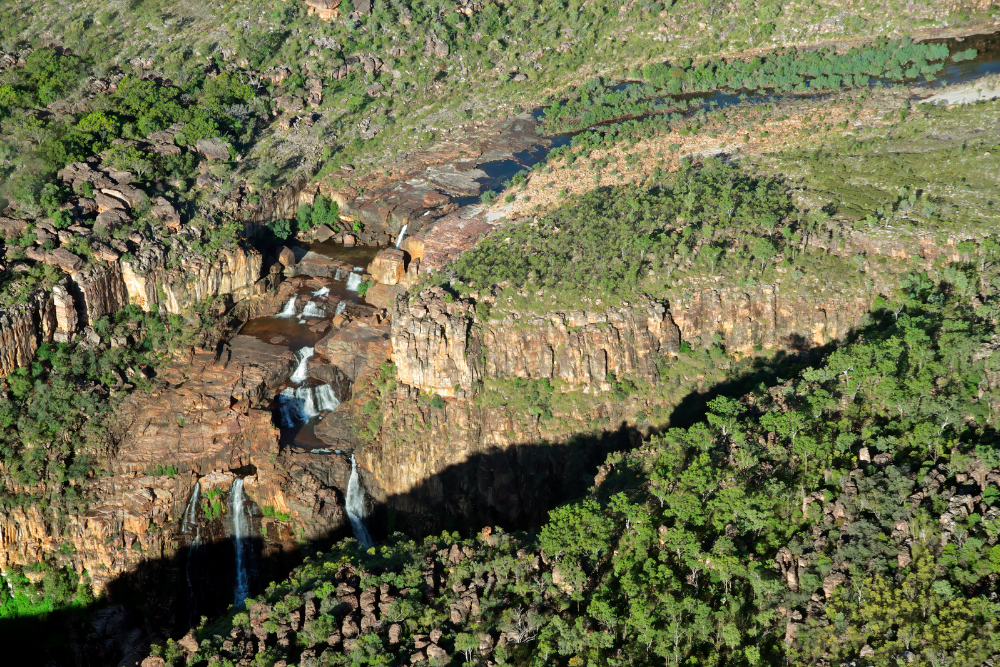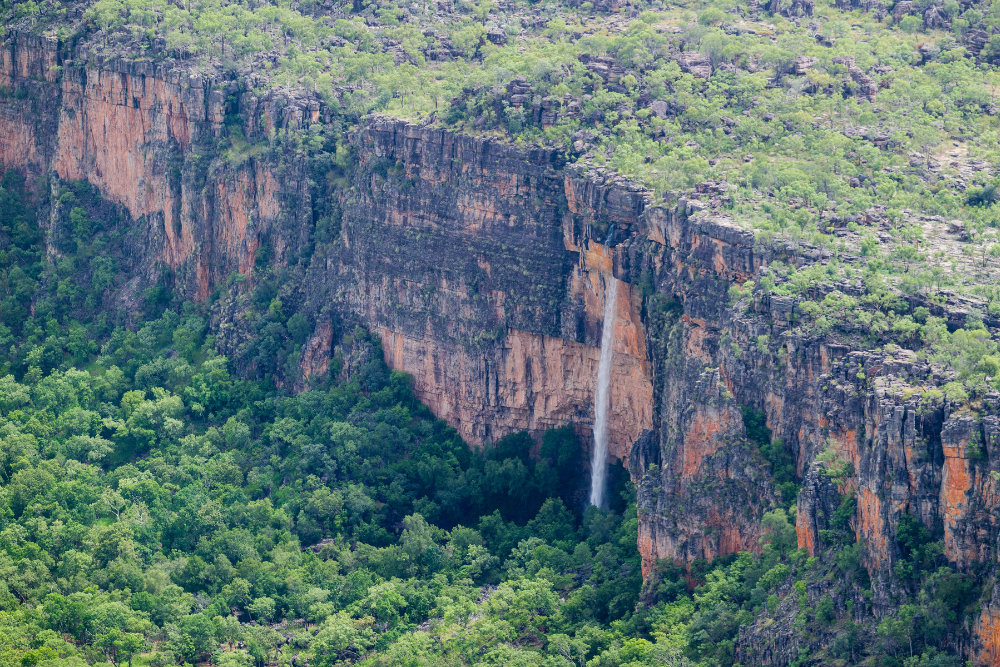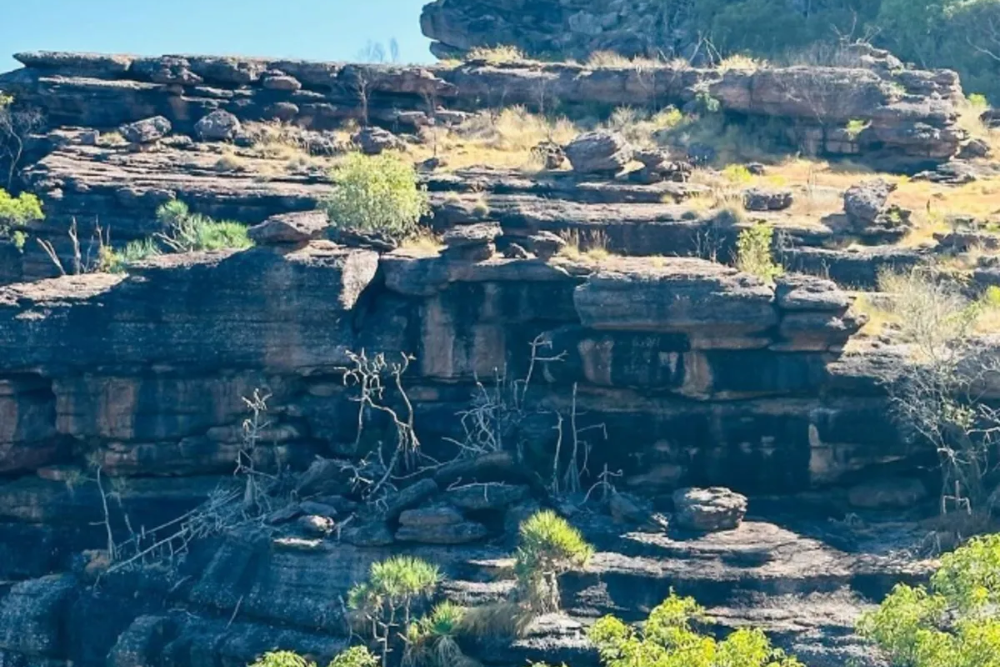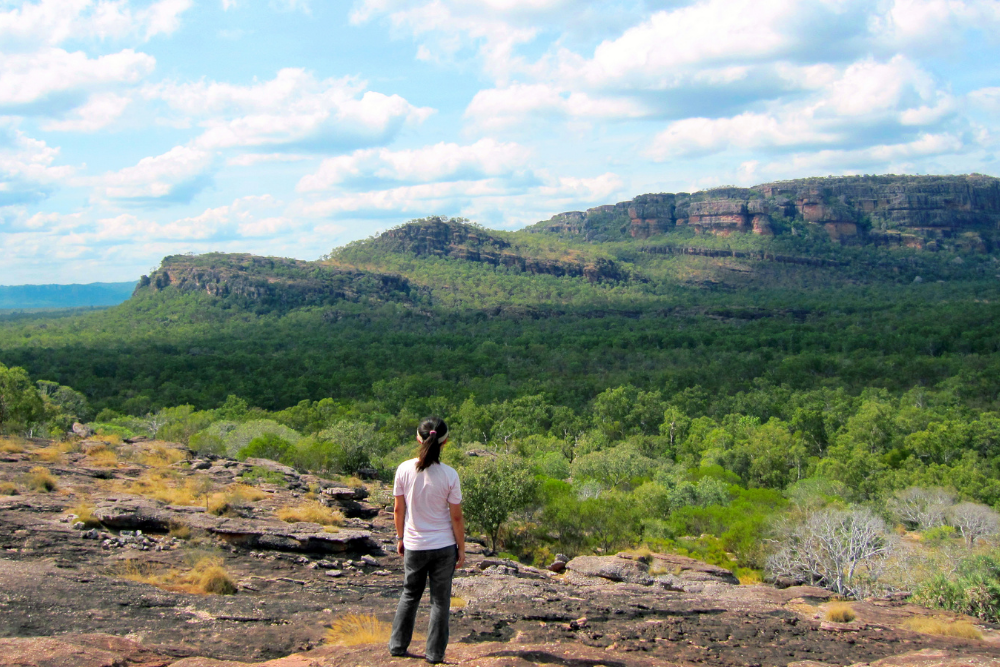Nestled in the heart of the Northern Territory, Kakadu National Park is one of Australia’s most iconic and diverse natural wonders. Stretching over 20,000 square kilometers, this UNESCO World Heritage-listed park is a true testament to the beauty, culture, and history of Australia’s Top End. With its dramatic landscapes, vibrant wildlife, ancient rock art, and rich Aboriginal culture, Kakadu offers something for every type of traveler—from adventurers and nature lovers to history enthusiasts and those seeking a tranquil escape in the wilderness.
In this guide, we’ll take you through the must-see attractions, outdoor adventures, and unique cultural experiences that Kakadu National Park has to offer, ensuring you get the most out of your visit to this awe-inspiring destination.
What Makes Kakadu National Park Special?
Kakadu National Park is renowned for its diverse ecosystems, which include wetlands, tropical savannahs, and rugged escarpments. The park is home to more than 2,000 plant species, 280 bird species, and a wide array of reptiles and mammals, including saltwater crocodiles, dingoes, and wallabies. But it’s not just the wildlife that makes Kakadu extraordinary—it’s also the Aboriginal culture that stretches back tens of thousands of years. The park is home to some of the oldest and most significant rock art sites in the world, many of which are still used by Aboriginal communities for ceremonial purposes.
Whether you’re seeking to hike through stunning gorges, cruise along tranquil rivers, or explore the incredible historical sites, Kakadu offers an experience unlike any other.
When to Visit Kakadu National Park
The best time to visit Kakadu is during the dry season, which runs from May to October. During these months, the weather is pleasant with cooler temperatures and less rainfall, making it ideal for outdoor activities such as hiking, swimming, and wildlife watching. The wet season (November to April) brings monsoon rains, which transform the park into a lush, green landscape, but many roads and trails may become inaccessible due to flooding.
Must-See Attractions in Kakadu National Park
1. Ubirr Rock and Rock Art
One of the most significant cultural sites in Kakadu is Ubirr, a renowned rock art site. Located in the Nourlangie region of the park, Ubirr features a series of ancient Aboriginal rock paintings that date back over 20,000 years. These paintings depict animals, spirits, and scenes from Aboriginal mythology, offering a glimpse into the rich cultural heritage of the area.
- Sunset Viewpoint: Don’t miss the chance to hike to the top of Ubirr, where you’ll be rewarded with panoramic views of the Nourlangie Ranges and the East Alligator River. The view at sunset is particularly spectacular, with the sun casting a golden glow over the landscape.
2. Nourlangie Rock
Located close to Ubirr, Nourlangie Rock is another rock art site that’s worth visiting. The site contains impressive galleries of Aboriginal art, including the famous Burrunguy paintings, which depict animals such as kangaroos, emus, and fish.
- Nourlangie Rock Walk: This short trail takes you to the rock galleries and also offers a chance to learn about the region’s cultural history. Keep an eye out for wildlife along the way, including wallabies and various bird species.
3. Jim Jim Falls
For those seeking adventure, Jim Jim Falls is one of the park’s most famous natural attractions. Located in the remote Jarrangbarnmi (Jim Jim) region, the falls are a breathtaking sight during the dry season, when the waters cascade down the rugged cliffs into a deep plunge pool. The surrounding area is home to stunning landscapes, with towering escarpments and lush vegetation.
- Hiking to Jim Jim Falls: Accessing the falls requires a 4WD vehicle, and the hike to the base of the falls involves a short but challenging walk through rocky terrain. If you visit during the dry season, be sure to take a refreshing dip in the crystal-clear water.
4. Twin Falls
Another stunning waterfall in Kakadu, Twin Falls, is a must-see for nature lovers. This dramatic waterfall cascades over two parallel cliffs, creating a stunning visual display. The falls are surrounded by lush tropical vegetation, and you can take a boat cruise to view the falls from the bottom of the gorge.
- Accessing Twin Falls: The falls are best accessed by 4WD, and a scenic boat tour allows you to enjoy the full beauty of the falls while learning about the region’s natural history.
5. Yellow Water Billabong
If you want to experience Kakadu’s rich wildlife, a cruise along the Yellow Water Billabong is a must. Located in the South Alligator River region, Yellow Water is a wetland area that attracts a variety of birdlife, including magpie geese, eagle species, and jabiru storks. It’s also a fantastic spot to see saltwater crocodiles basking on the banks.
- Wildlife Cruises: Join a guided boat tour at dawn or dusk to maximize your chances of spotting wildlife. The billabong’s calm waters provide an excellent opportunity for birdwatching and photography.
Outdoor Adventures in Kakadu National Park
1. Hiking and Bushwalking
Kakadu offers a variety of hiking and bushwalking trails that take you through diverse ecosystems, including wetlands, savannahs, and escarpment country. Popular hikes include:
- The Bardedjilidji Walk: A short loop trail that explores the stunning rock formations in the South Alligator River region.
- The Gubara Pools Walk: A moderate hike that leads to a series of natural rock pools, perfect for a refreshing swim.
2. Birdwatching
Kakadu is a birdwatcher’s paradise, home to over 280 species of birds, including several rare and migratory species. In addition to Yellow Water Billabong, other prime birdwatching spots include Mamukala Wetlands and Fogg Dam, where you can observe flocks of magpie geese, whistling ducks, and waterfowl.
3. Crocodile Watching
The park is famous for its saltwater crocodiles, and a guided cruise along the East Alligator River or Yellow Water Billabong is one of the best ways to see these magnificent creatures in their natural habitat. Be sure to keep a safe distance—saltwater crocodiles can grow up to 7 meters in length!
Cultural Experiences
1. Aboriginal Guided Tours
Kakadu is rich in Aboriginal culture, and there are numerous opportunities to learn about the history and significance of the land from the region’s traditional owners. Several tour operators offer Aboriginal-led experiences, where you can gain insight into the bush tucker, traditional hunting techniques, and the spiritual importance of the landscape.
- Cultural Tours: Join an Aboriginal guide on a cultural walking tour to explore rock art sites, hear Dreamtime stories, and learn about the ancient practices of the Bininj/Mungguy people.
2. Warradjan Aboriginal Cultural Centre
Located near Cooinda, the Warradjan Aboriginal Cultural Centre is an excellent place to learn about the cultural significance of Kakadu. The center offers informative exhibits, displays of traditional art, and short films about the park’s Aboriginal heritage. It’s a great way to gain a deeper understanding of the land and the people who have called it home for thousands of years.
Where to Stay in Kakadu National Park
There are a variety of accommodation options in and around Kakadu, ranging from campsites to luxury resorts. Popular options include:
- Cooinda Lodge: Located near Yellow Water, this lodge offers comfortable rooms and easy access to the nearby wetlands and wildlife cruises.
- Kakadu National Park Campgrounds: There are several campgrounds within the park, including at Mardugal and Cooinda, where you can camp under the stars and immerse yourself in the park’s natural beauty.
- Bark Hut Inn: Located just outside the park, Bark Hut Inn offers basic but comfortable accommodation and is a great base for exploring Kakadu.
Practical Tips for Visiting Kakadu
- 4WD Access: Many of Kakadu’s most popular attractions, such as Jim Jim Falls and Twin Falls, are accessible only by 4WD. Be sure to rent a suitable vehicle if you plan to explore the more remote areas of the park.
- Sun Protection: The climate in Kakadu can be intense, particularly during the dry season. Bring plenty of sunscreen, a wide-brimmed hat, and water to stay hydrated.
- Respect Cultural Sites: Kakadu is a sacred place for the Bininj/Mungguy people, so be sure to follow all guidelines and respect the cultural significance of the land.
- Stay Safe: When visiting crocodile habitats, always follow safety advice and guidelines, and never approach or swim in waters where crocs are known to live.
Conclusion
Kakadu National Park is a treasure trove of natural beauty, cultural heritage, and outdoor adventure. Whether you’re exploring ancient rock art, hiking through gorges, cruising along billabongs, or simply soaking in the tranquility of this World Heritage-listed park, Kakadu offers an unforgettable experience for every type of traveler. The rich biodiversity, stunning landscapes, and deep cultural significance make Kakadu a must-visit destination for those looking to explore the true heart of the Northern Territory.












